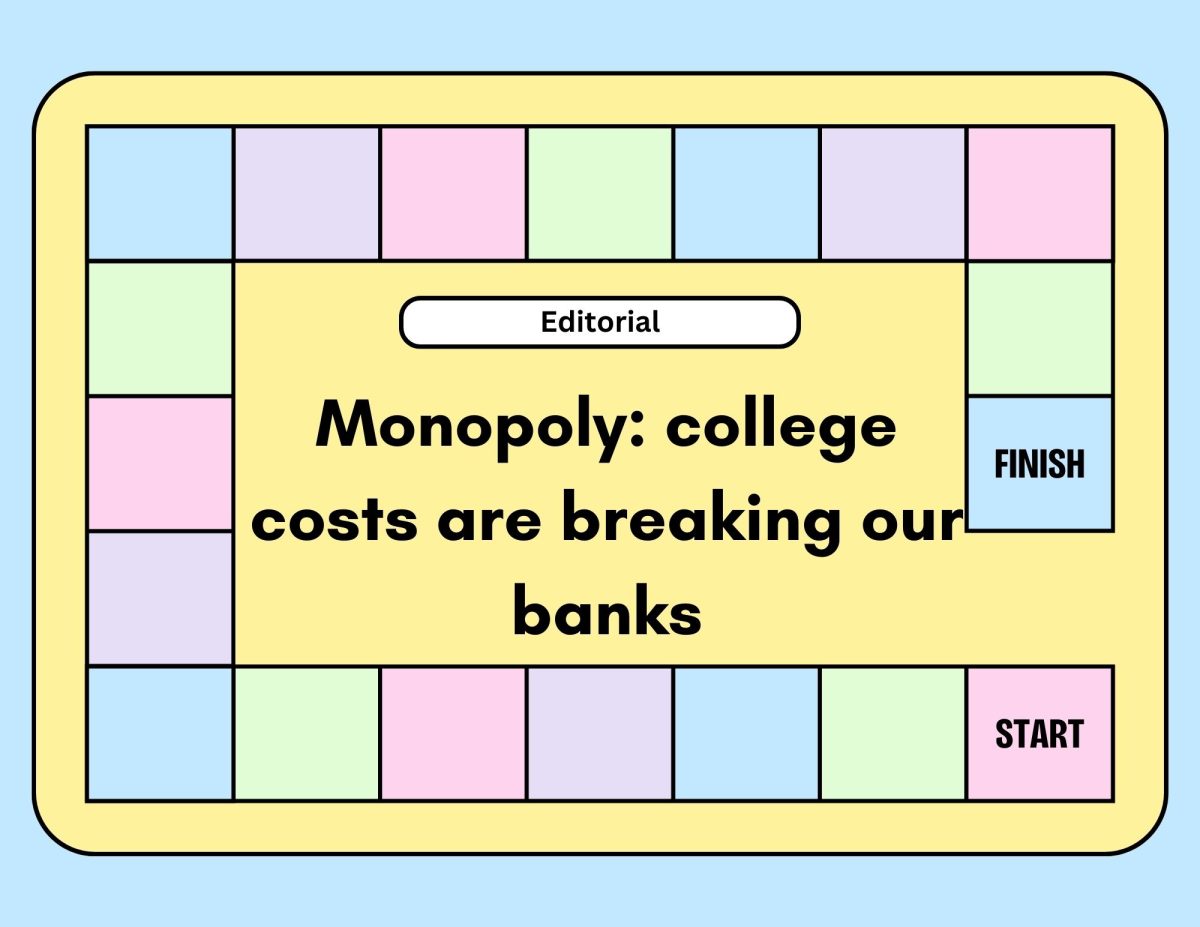In the past decade, social media applications promoting short-form content have exploded in popularity. Social media has more than 5.1 billion active users in 2024, up 2 billion from 2015, greatly impacting the teenage population in particular. With short-form social media algorithms adjusting to optimize watch time, teens are fed content that is personally fitted to hold their interest. These platforms are designed to create an engaging environment, keeping users scrolling for as long as possible.
The National Institute of Health says that teenagers’ brains can benefit from genuine social interaction, which can be essential for mental health. On social media, however, they see highly selective content in which people only post engaging snippets of their lives. As teens compare themselves to friends or influencers who appear to be doing “better” than them, it can lead to feelings of inadequacy and pressure to achieve more at a younger age.
Through the internet, teenagers can consume content originating from all around the world. The most extreme videos often gain the most views, leading youth to perceive such extreme circumstances as the norm. Social media and the custom selection of short-form content can harm their mental health by promoting an unrealistic, “successful” lifestyle at a young age.
Recently, social media has contained content displaying a lifestyle of becoming wealthy at an unrealistically young age. Many of these wealthy, young social media stars credit “side hustles” for their success, “Side hustles” have flooded social media with content about making money that exaggerates the simplicity and reliability of certain income sources, like dropshipping and affiliate marketing. Additionally, starting an online business is a way to learn more about entrepreneurship, as it requires minimal money and time to begin. Modern video creators often show support for these “get rich quick” schemes, and are quick to sell courses “teaching” teenagers money-making methods, but these methods are often unsuccessful and can lead to failure.
The fitness and self-improvement movement on social media also reveals its own set of unrealistic expectations. Part of the online profile associated with this self-improvement process depicts the gym as a place to progress both physically and mentally. Social media has not only promoted the gym, but also glorified steroid use. Performance-enhancing drug (PED) use by children and teenagers has risen sharply in the past decade. One study shows 3.3% of high school students admit anabolic steroid use; another finds 8% of girls and 12% of boys report using products to improve appearance or muscle mass. The rise in PED use among teenagers highlights how social media fuels unrealistic expectations, this is due to the glorification of steroids promoting rapid results and incredible transformations that seem common when taking such PEDs.
However, some trends, such as building healthy gym habits, can positively impact self-image and overall health. According to The National Institutes of Health, “Exercise improves mental health by reducing anxiety, depression, and negative mood and by improving self-esteem and cognitive function.”
These activities can build positive habits and teach new skills, which can be valuable later on in life. Social media produces unrealistic expectations, so users should proceed with caution, and stay conscious of their own improvements without comparing themselves to others.











Ryan James Cunningham • Feb 3, 2025 at 1:14 PM
Ryan James Cunningham presently reading this article! As a fellow member of the dank meme community, I believe this story gets many many things wrong. first off Ryan does not enjoy the exuberant and extravagant opinions featured upon this article. I believe social media is a place filled with joy, a place where memes flourish. Ryan Cunningham signing off!